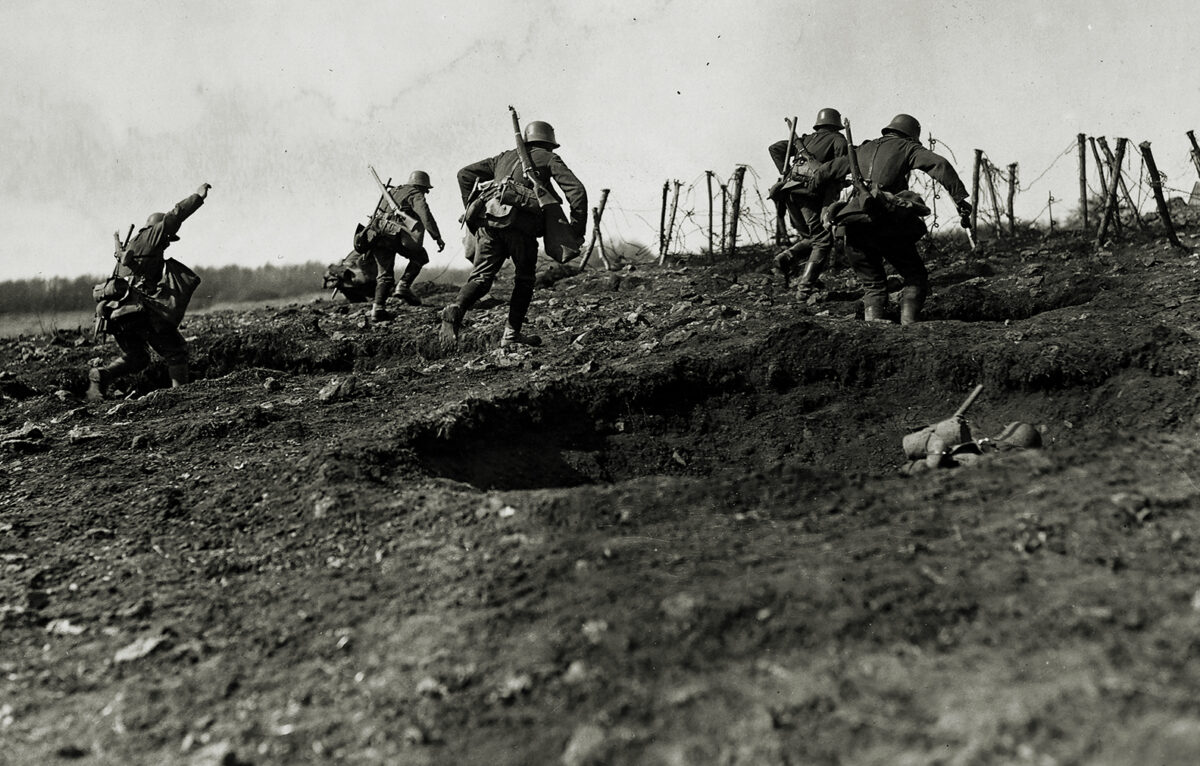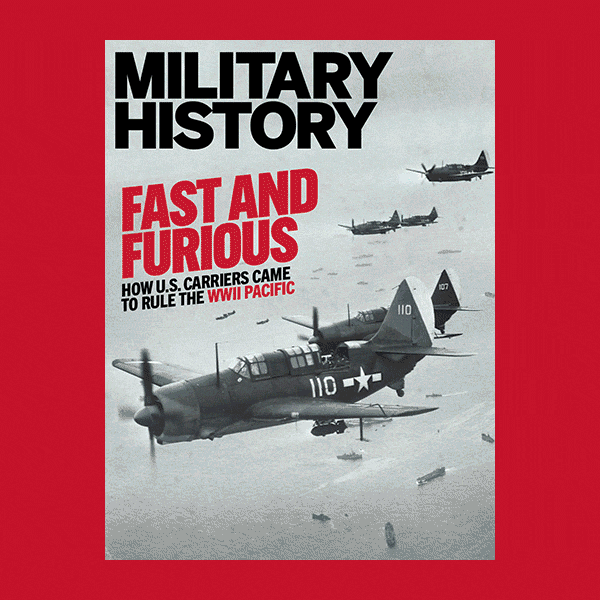No general, the old saying goes, ever wakes up in the morning and decides he is going to lose a battle. Yet for every general who loses a battle, there is an opposite number who wins the fight. This has been a constant of warfare for as long as man has kept historical records. World War I, however, has been recorded somewhat differently by history, or at least by popular history. Given the four years of carnage in the trenches, the likes of which the world had never seen, the myth of “lions led by donkeys” still holds great sway a century later.
Yet, despite the appeal and apparent clarity of such a view, the truth on the ground was nowhere near as simplistic. World War I was a war unlike any other ever fought. It was a war of future shock. Newly emerging technologies in weaponry, communications and, later, mobility rendered all the old tactics and mechanics of warfighting obsolete. Nor did the new dynamics of warfighting remain static between 1914 and ’18. They evolved rapidly, constantly changing the harsh realities of the battlefield. Thus, the senior military leaders on all sides spent most of the first three years of the war trying to keep up with and come to terms with the new technologies. Unfortunately, when you are in the middle of fighting a war, trial and error is the only viable mechanism for such a process. Thus, World War I was a 20th century war fought by 19th century soldiers. From the most senior field marshal to the most junior platoon leader to the privates on the front lines, all faced a steep learning curve, and they had to climb it rapidly. The starting point for any analysis of senior-level military leadership must be a working definition of generalship itself. The art of generalship—and it is very much an art, rather than a science—involves far more than the command of large formations of troops. It also comprises the formation, organization, equipment and training of an army; the transportation of forces to a theater of operations; the logistical sustainment of troops throughout their deployment; the collection, processing and analysis of intelligence on the enemy; the planning of operations and committal of forces to battle; and the direction and coordination of their actions once committed. Prussian military theorist Carl von Clausewitz grouped these diverse activities of generalship into two primary categories—preparation for war and the conduct of war proper—and argued that precious few commanders are equally skilled in both categories. History bears him out.
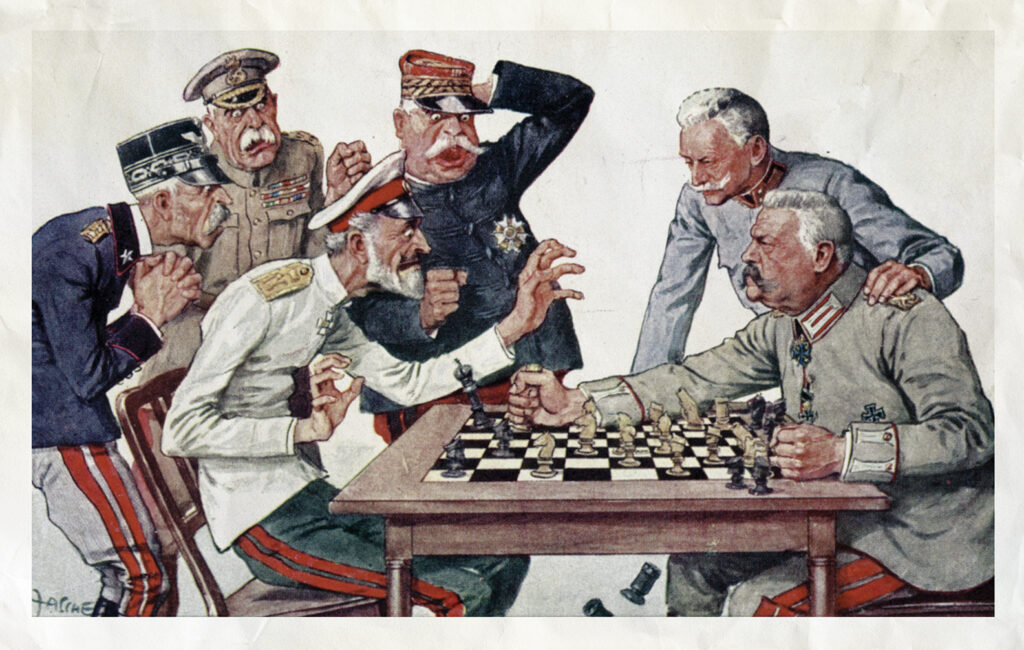
Do generals single-handedly win battles? Of course not. But they can single-handedly lose them. During World War I Britain’s then First Lord of the Admiralty Winston Churchill referred to Admiral Sir John Jellicoe, the commander of Britain’s Grand Fleet, as “the only man on either side who could lose the war in an afternoon.” Any close analysis of the battles of 1914–18 clearly demonstrates that a great deal turned on the planning and execution decisions made by the senior-most commanders. There is much to learn from the study of those decisions, the men who made them and the conditions under which they carried out their duties as they saw them.
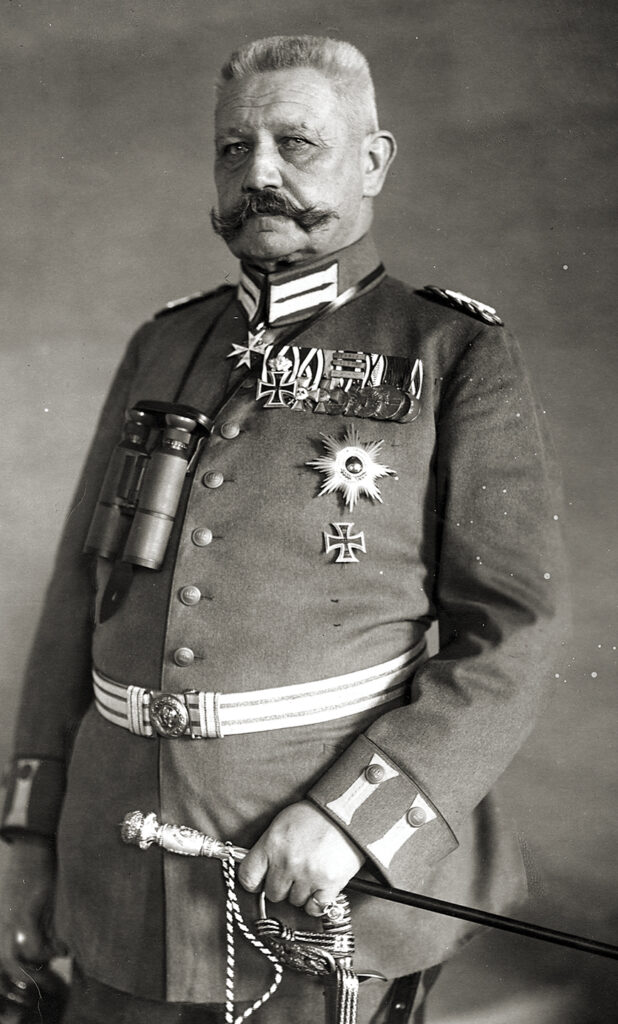
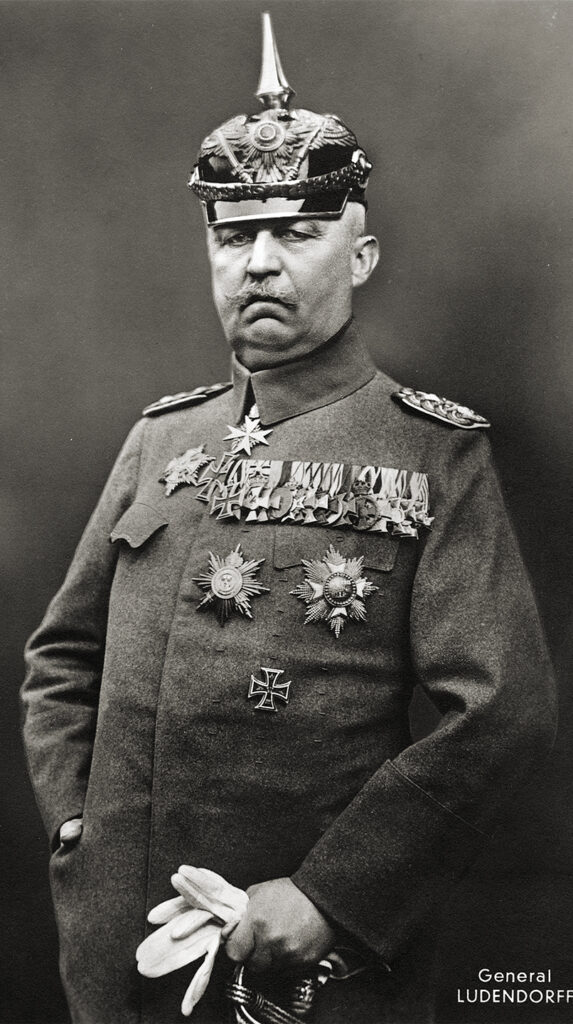
There is no such thing as a wartime general who does everything perfectly all the time. All are flesh-and-blood human beings. All at one point or another rate some degree of legitimate criticism for their actions and decisions. But by necessity such judgments always come after the fact. Most of us cannot possibly imagine what it is like to be responsible for the lives of thousands, even hundreds of thousands, of one’s own countrymen; having to make decisions under extreme pressure, in the environment of the fog and friction of war; and with partial, incorrect and even intentionally deceptive information on which to base those decisions. Even if the general does everything right, his troops still wind up suffering casualties while killing and wounding huge numbers of the enemy. It is just this mass expenditure of human life in war that results in the tendency to classify generals into neatly self-contained categories: heroes (cult icons such as World War II German Field Marshal Erwin Rommel), villains (World War I’s butchers and bunglers) or fools (World War I’s donkeys). In modern-day estimation virtually no World War I general ranks in the hero class, yet to one degree or another every battlefield commander in history can be included simultaneously in all three categories. The following analysis will focus on the six senior-most Western Front battlefield commanders of 1918, namely:
Field Marshal Paul von Hindenburg, chief of the General Staff of the German field army (Feldheer)
General of the Infantry Erich Ludendorff, first quartermaster general of the German army
Marshal of France Ferdinand Foch, general in chief of the Allied armies
General of Division Philippe Pétain, commander in chief of French armies on the Western Front
Field Marshal Sir Douglas Haig, commander in chief of the British Expeditionary Force
General John J. “Black Jack” Pershing, commander in chief of the American Expeditionary Forces
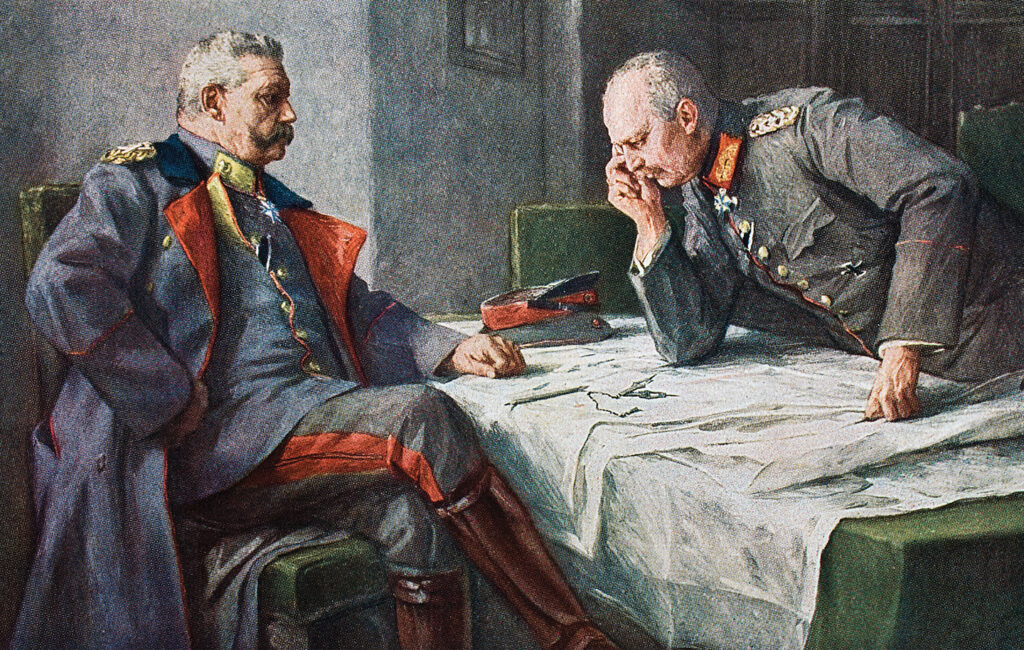
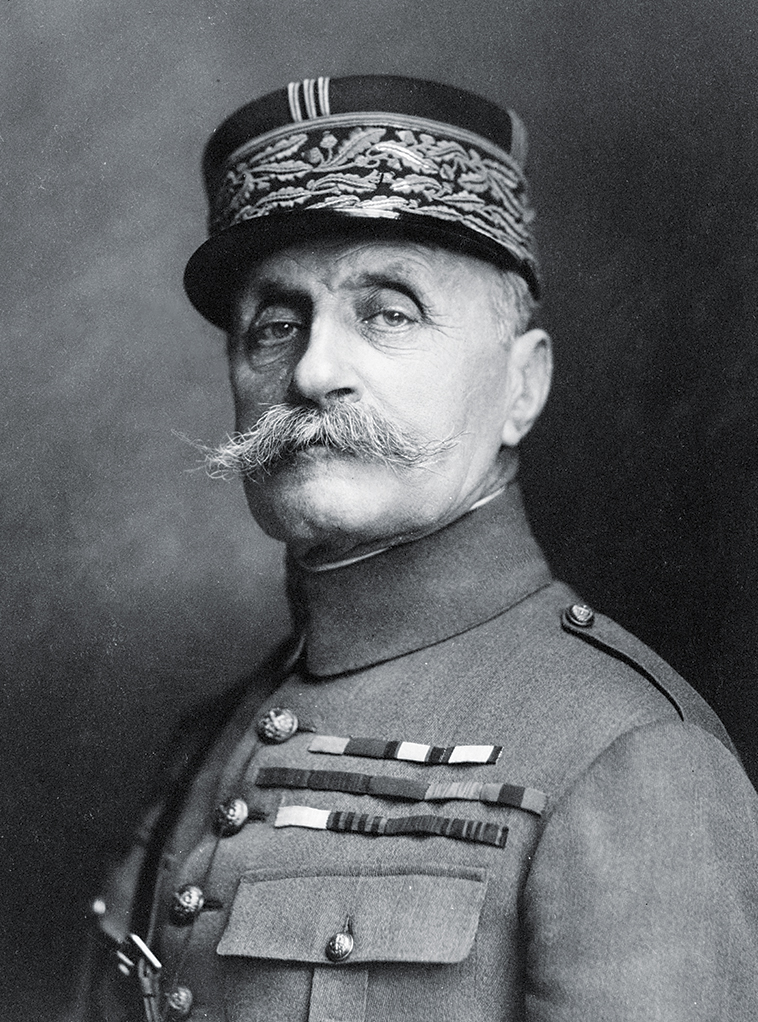
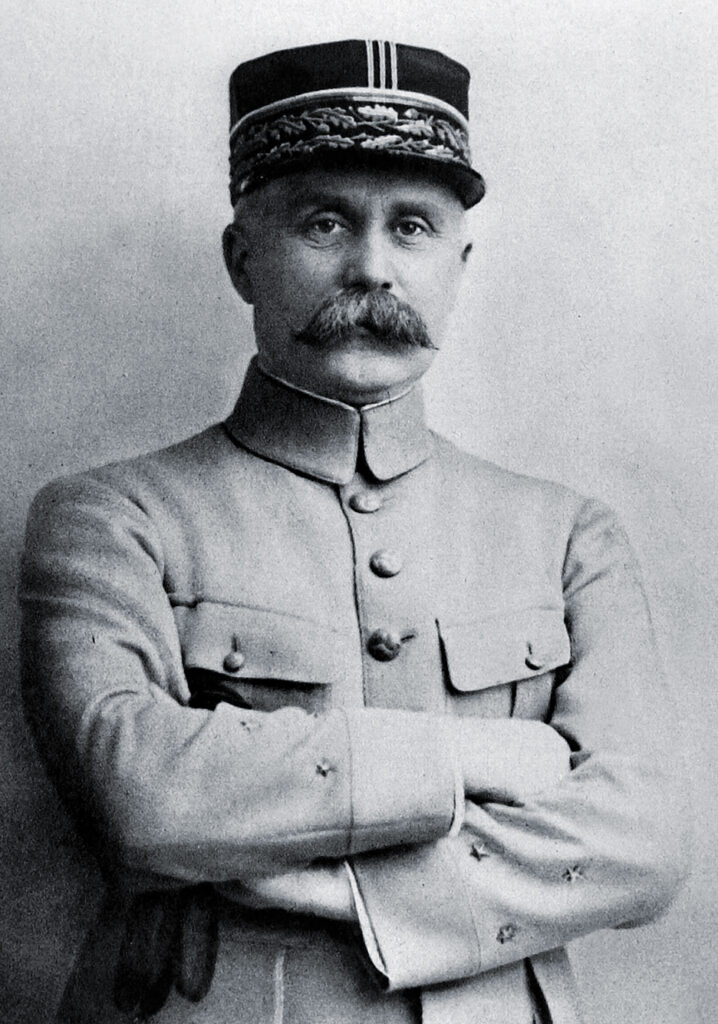
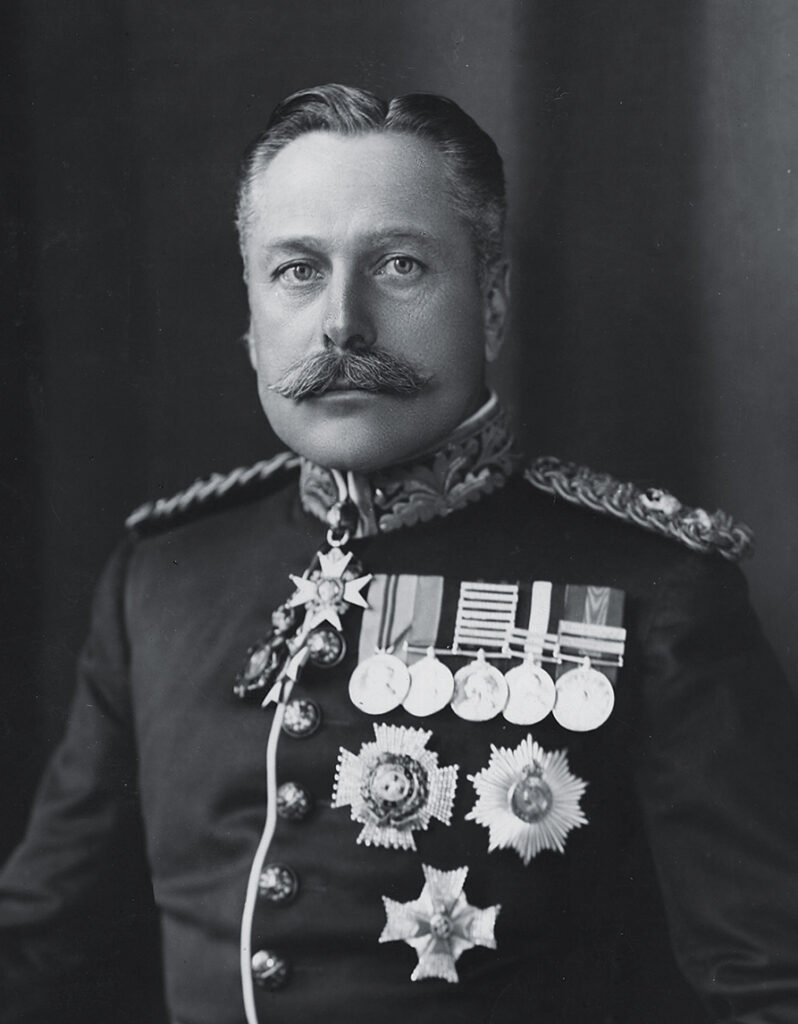
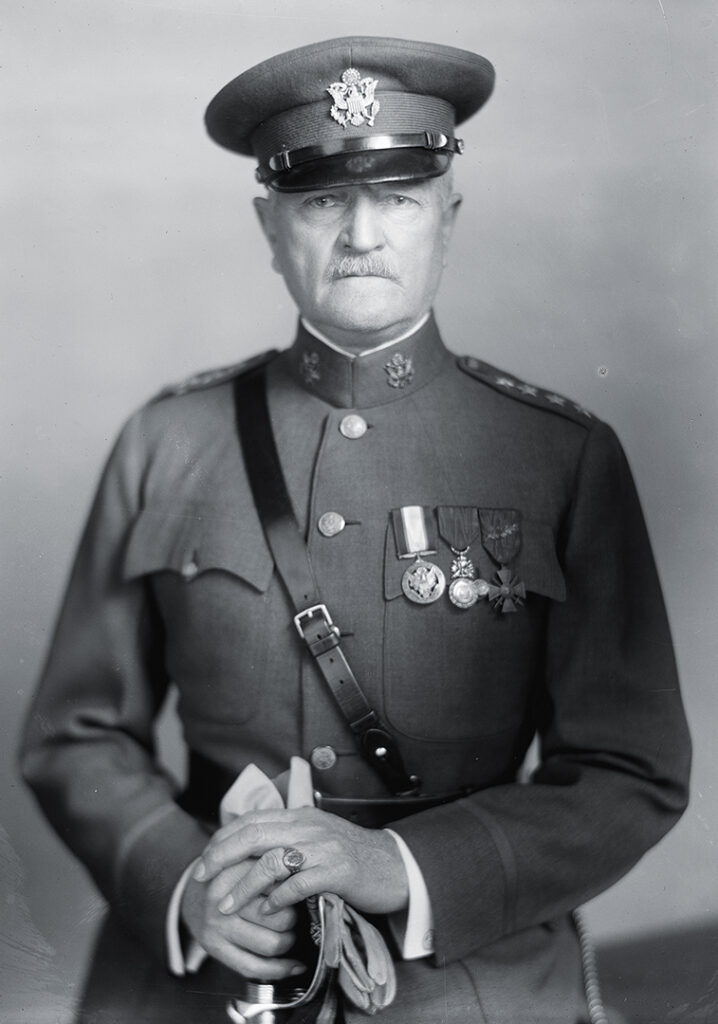
Despite broad rejection today in most academic circles of the “great man theory” of history, these six generals had the major influence on the outcome of the campaigns of 1918 and, ultimately, the war. It was these senior-most commanders who made the decisions, and it is impossible to understand the Western Front in 1918 without studying them.
The judgment of history still has not been settled on these six warlords. Judgment rests far more heavily on three of the six than the records of their wartime commands merit. Pétain is rightly remembered as the savior of France on two separate occasions—at Verdun in 1916 and again in the spring of 1917 after mutinies threatened his ranks. But he is better remembered as the man who as chief of state of Vichy France from 1940 to ’44 sold out his country to the Third Reich. Hindenburg was the “Wooden Titan” (der Nagelsäulen), Germany’s only true national hero during the war. He was also the last president of the doomed Weimar Republic and the man who appointed Adolf Hitler chancellor of Germany in January 1933. The debate continues on Ludendorff. He was either the greatest military genius of the war, or he was the man whose strategic ineptitude and personal military and political overreach resulted in a complete loss of focus that cost Germany the war. He also was an early supporter of the Nazis, later tried along with Hitler for the infamous Beer Hall Putsch of November 1923. Of the six, Haig is the one most often branded today as a “château general,” or one who led from the rear. Foch had a reputation as a fighter, while every frontline poilu knew that Pétain, more than anyone else, would be more careful with their lives. Pershing had comparatively little experience commanding in combat, certainly not enough to acquire any significant negative repute among doughboys.
Unfortunately, space limitations restrict the following assessment. For more detail see my 2018 book The Generals’ War: Operational Level Command on the Western Front in 1918.
Paul von Hindenburg
Hindenburg is the most enigmatic of the war’s senior commanders, certainly more than the mere figurehead he appears today. The German command system was significantly different than those of the Allies. The relationship between a German commander and his chief of staff (Ludendorff’s de facto role by war’s end) was a far closer partnership. Thus, it is impossible to consider one or the other alone. Although by the last year of the war Hindenburg appeared to be little more than Ludendorff’s political top cover, one can never forget that, unlike many other German senior commanders, he was a fully qualified General Staff officer, one who had graduated with honors from the Kriegsakademie. The field marshal’s principal British biographer, John W. Wheeler-Bennett, said Hindenburg’s greatest contribution was his “never-failing capacity and willingness to accept responsibility, a feature of his character which became less apparent in his later life.” Those cracks in his armor began to show as early as October 1918.
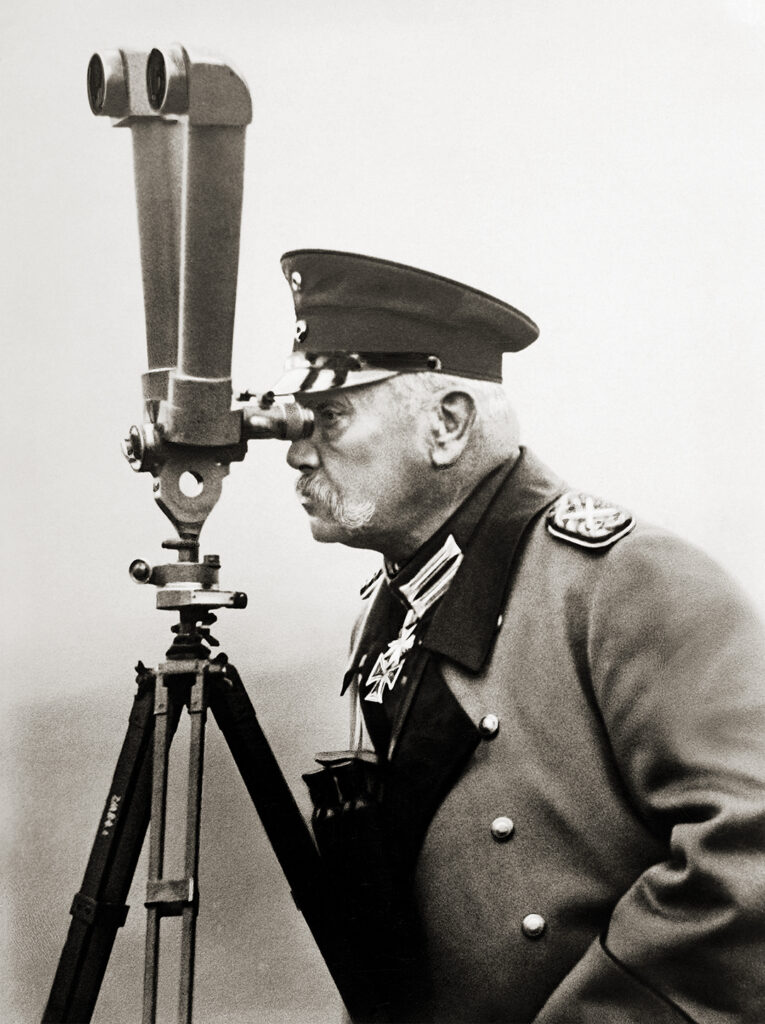
Erich Ludendorff
Although Ludendorff arguably was the most brilliant tactician of the war, he had a blind spot for the operational level and virtually no understanding of the strategic. The five German offensives of 1918 did not constitute a coordinated, integrated and sequentially phased operational campaign, but rather five huge, costly and largely unconnected tactical actions. After the failure of the first offensive in March 1918, each subsequent offensive was a reaction to the failure of the one before it. As British historian David Stevenson has argued, rail lines were the key to the 1918 campaigns. The Allies, especially Foch, continually targeted the German rail network. The Germans, though sensitive to the security of their own network, failed to focus sufficiently on the significant vulnerabilities of the shallow and fragile Allied rail system. Rather than attacking vital Allied vulnerabilities, like the BEF’s key rail nodes of Amiens and Hazebrouck, Ludendorff repeatedly tried to win with force-on-force attacks. While the Germans did have a fleeting force superiority early in 1918, it was not large enough for that kind of strategy. And in May, when the third German offensive pushed from the Chemin des Dames ridge south to the Marne River, the Germans were left holding a large and ultimately indefensible salient that had no major rail lines leading into it. The outcome was inevitable. By then many of the staff officers at Oberste Heeresleitung (supreme army command) and subordinate headquarters were complaining that Ludendorff combined total strategic indecision with endless interference over minor tactical details.
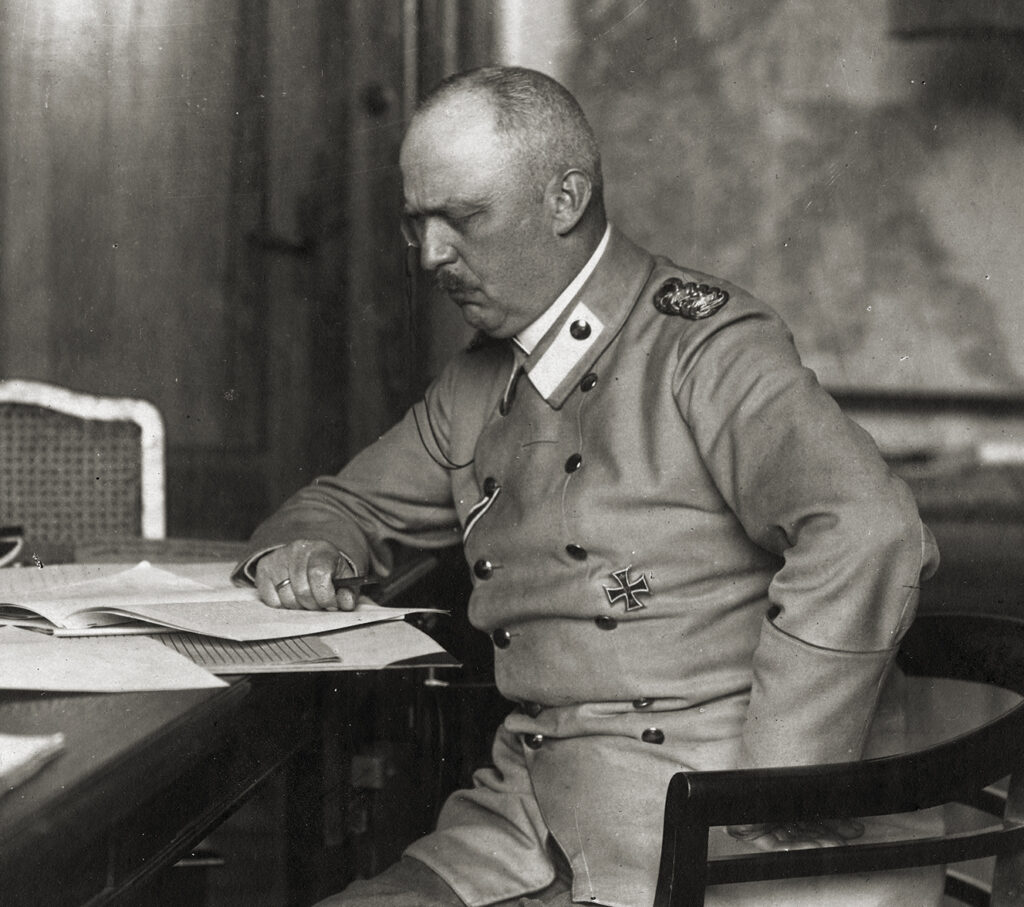
The two key French generals of 1918, Foch and Pétain, were very different men. Pétain was by far the better tactician, but he was overcautious and pessimistic at the operational level. Foch had serious shortcomings as a tactician, but at the operational level he was the best general of the war. Fortunately for the Allies, they were the two right generals in the right positions at the right time—Foch as the overall Allied commander, and Pétain as commander of the French army. A similar division of duties existed between Generals Dwight Eisenhower and George Patton in 1944–45. Neither could have done the other’s job half as well.
Ferdinand Foch
Foch remains largely underrated. As Australian historian Elizabeth Greenhalgh noted, “Most historians dismiss the First World War version of supreme command as of little value, and Foch’s role in the victory as minimal.” But, Greenhalgh argued, Foch’s role in the Allies’ final victory was anything but minimal, and the precedent of his appointment to the supreme command and the lessons derived therefrom proved the essential foundation for the successful British-American combined command of World War II. Foch’s operational strategy of concentric attacks across a broad front between August and November 1918 essentially broke the German army. Unlike the uncoordinated and piecemeal German offenses during the first half of 1918, the Allied attacks during the second half were focused, synchronized and systematically timed.
From July 18 through war’s end Hindenburg and Ludendorff were forced to react to Foch, rather than the other way around. Perhaps his old friend and sometime critic General Sir Henry Wilson summed up the generalissimo best when after the war he observed, “[Foch] jumps over hills and valleys, but he always lands in the right place.”
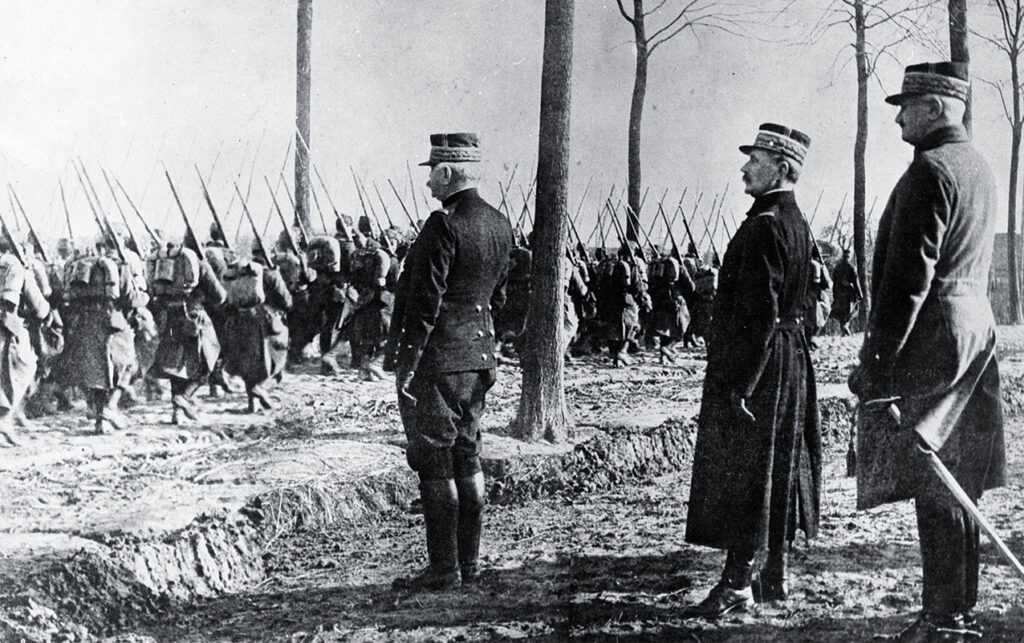
Philippe Pétain
As British historian Sir Alistair Horne wrote, “Pétain may not have had any original concepts on how the Great War should have been fought, but he understood better than either his colleagues or his opponents how it should not have been fought.” Actually, Horne’s assessment is somewhat parsimonious, for Pétain’s overhaul of French army tactics in 1917 was every bit the equal of Ludendorff’s initiatives.
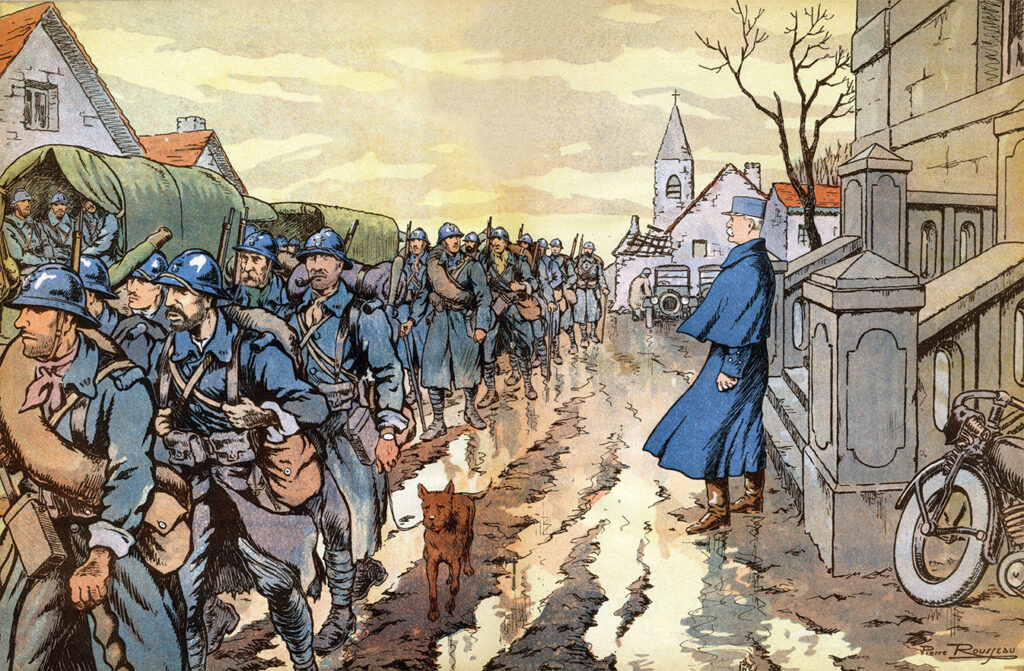
Sir Douglas Haig
Much criticism, fair and unfair, has been heaped upon Haig over the last eight decades. For almost 20 years following the war the British public held him largely in high esteem. That changed radically in the mid-1930s, when wartime Prime Minister David Lloyd George started publishing his war memoirs. As American General William Westmoreland would experience in the wake of the Vietnam War, Haig became a lightning rod for almost everything that had gone wrong during World War I, including things over which he really had no control. Haig was hardly a stellar battlefield general, and he was a rather unimaginative tactician; but by the second half of 1918 he had become a reasonably competent and effective operational-level commander. Haig also had significant input on Foch’s concept for the Allied general offensive of the final two months of the war. There can be little doubt the key to the final Allied success was the difficult but ultimately effective partnership between Haig and Foch. The two met some 60 times between April and November 1918. It was Haig who convinced Foch the AEF’s main effort in late 1918 should be toward Mézières rather than Metz, as Pershing wanted, turning the Allied offensive into a gigantic, sequential pincer attack.
While assessments of Haig have become more nuanced over the last 30 years, British historians remain divided. In 2008 Paul Harris wrote of Haig during the Hundred Days that despite his shortcomings, “He commanded the most combat effective of the Allied armies at this period in the war, and there were few, if any, others who had the authority and determination to use the instrument with such vigor.”
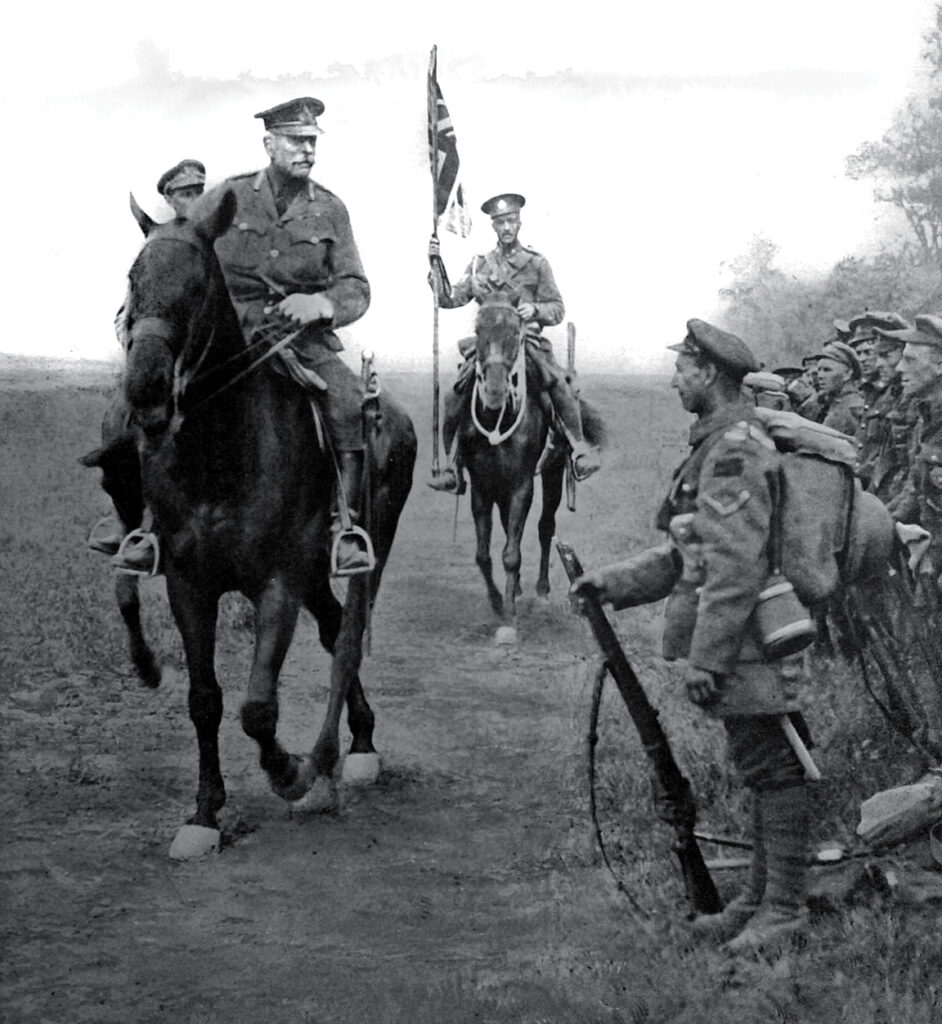
John J. Pershing
Though “Black Jack” Pershing has long held a reputation as one of the United States’ greatest generals, his reputation abroad was somewhat lower and admittedly closer to the mark. Pershing was a brilliant organizer of the American Expeditionary Forces (AEF). He also was an efficient trainer—but not an effective one, as he trained his troops for the wrong things. Pershing came late to the war, infused with a belief in American exceptionalism and an unstinting faith in superior marksmanship and the power of the bayonet. Ignoring the experiences of the previous three years, he believed that the tired and dispirited enemy troops cowering in their trenches could never stand up to his robust and fresh doughboys. Accordingly, he discounted the effects of new weapons like machine guns, trench mortars, artillery and aircraft, pushing his troops forward in relentless frontal attacks. Pershing’s misreading of the World War I battlefield was a major contributor to the U.S. Army having suffered a staggering 117,000 dead and 204,000 wounded in little more than six months of major combat operations. Despite Pershing’s serious tactical shortcomings, the AEF most likely would never have made it to the European battlefields of 1918 without him. He was a tireless organizer and had a talent for overcoming seemingly insurmountable obstacles. Regardless, his prejudices against modern weapons and lack of understanding of their firepower meant his AEF units were trained and equipped inadequately for the war they had to fight.
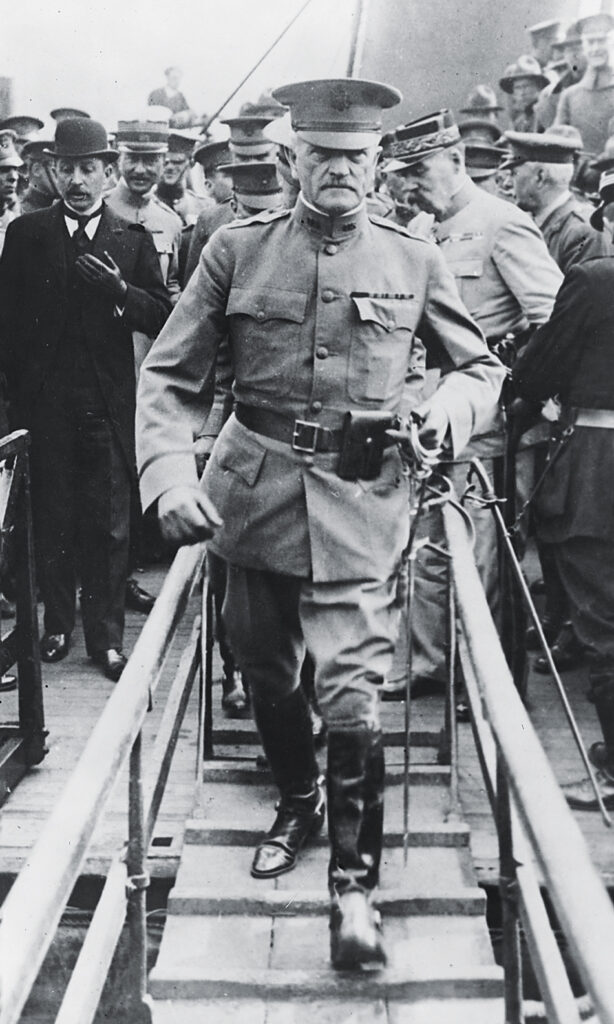
A century after the outset of World War I there remains much to learn from a study of it, especially the last year of the war. Its conduct changed the way wars have been fought ever since. The basic outlines of the warfighting mechanics it introduced are still valid. A general of 1918 would recognize many of the basic challenges facing a general of 2018. As retired British Maj. Gen. Jonathan B.A. Bailey has observed, “The new thinking of 1917–18 formed the seedbed for the new techniques of fire and manoeuver practiced in the Second World War.” Indeed, and far beyond.
Retired U.S. Army Maj. Gen. David T. Zabecki is HistoryNet’s chief military historian. For further reading he suggests his own The Generals’ War: Operational Level Command on the Western Front in 1918, which shared the 2018 Tomlinson Book Prize from the World War I Historical Association. Zabecki also recommends Reputations: Ten Years After, by B.H. Liddell Hart.
This story appeared in the Winter 2024 issue of Military History magazine.
historynet magazines
Our 9 best-selling history titles feature in-depth storytelling and iconic imagery to engage and inform on the people, the wars, and the events that shaped America and the world.


